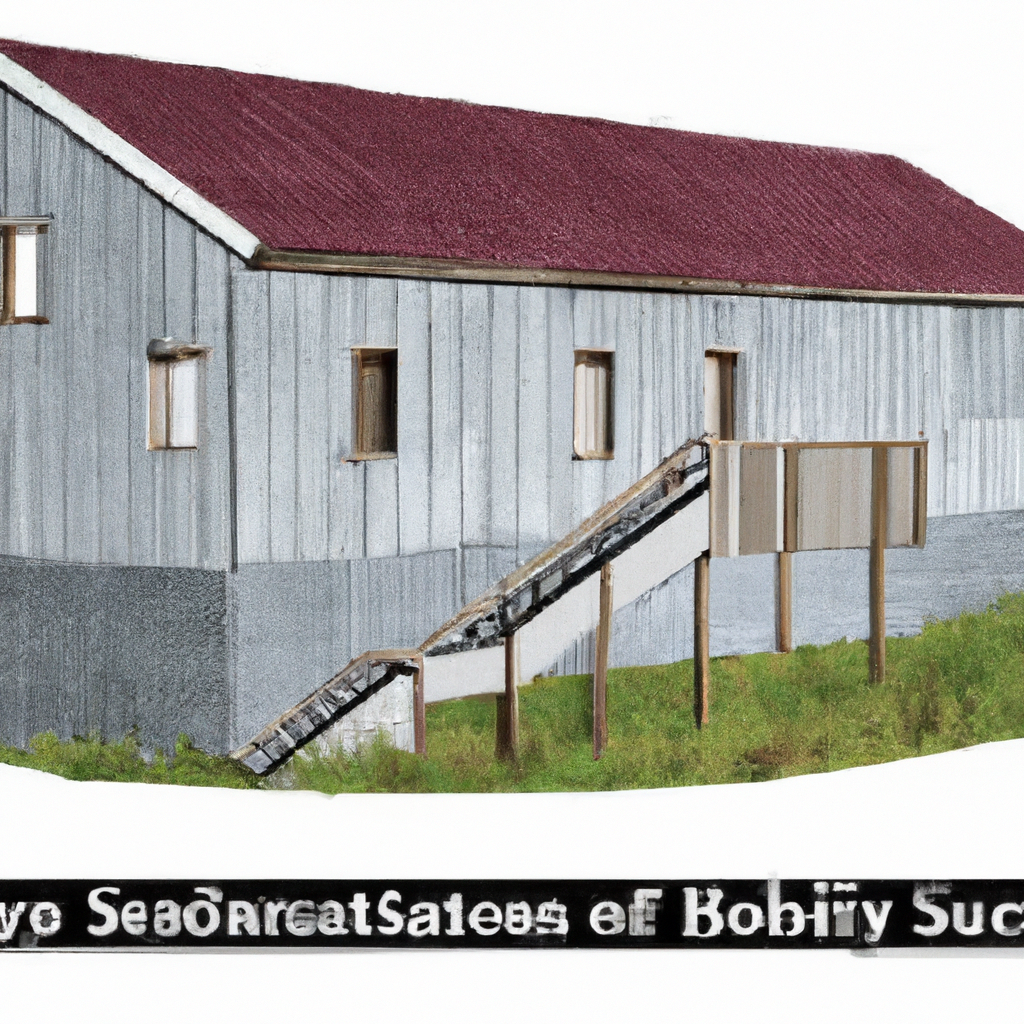Cape Breton, known for its rugged beauty and vibrant communities, is taking significant strides toward sustainability. With growing environmental awareness, more residents are interested in eco-friendly living, particularly when it comes to building homes. This article explores how you can embrace sustainable home construction and renovation in this picturesque part of Nova Scotia.
Understanding Eco-Friendly Homes
Eco-friendly homes are designed to reduce their overall impact on the environment. This can be achieved through energy efficiency, using sustainable materials, and incorporating design elements that minimize waste and energy consumption. In Cape Breton, where nature is a part of everyday life, building a home that respects the environment is not just a trend but a community-focused commitment.
Key Features of Sustainable Homes in Cape Breton
Energy Efficiency: One of the cornerstone features of eco-friendly homes is energy efficiency. This includes the installation of high-efficiency heating systems, such as geothermal heat pumps or solar heating solutions. Proper insulation and high-quality windows are also crucial in maintaining temperature and reducing the need for artificial heating and cooling.
Sustainable Materials: Choosing the right materials can significantly affect your home’s environmental footprint. Sustainable construction in Cape Breton often involves using locally sourced materials to reduce transportation emissions. Materials like bamboo, recycled steel, and reclaimed wood are popular choices. These materials are not only environmentally friendly but also add unique aesthetic elements to your home.
Water Conservation: Water resource management is another vital aspect of eco-friendly homes. Installing low-flow toilets and showers, rainwater harvesting systems, and drought-resistant landscaping are all effective ways to reduce water usage.
Benefits of Investing in an Eco-Friendly Home
Eco-friendly homes offer numerous benefits beyond environmental conservation. Firstly, they are cost-effective in the long run. Although the initial investment might be higher, the savings on utility bills can be significant. Secondly, sustainable homes often enjoy higher market values. As more buyers become environmentally conscious, the demand for green homes increases, boosting their resale value.
Moreover, living in an eco-friendly home promotes healthier indoor environments. Natural materials and better air quality systems reduce exposure to harmful chemicals and allergens, making these homes safer and more comfortable for families.
How to Start Your Eco-Friendly Home Project in Cape Breton
Building an eco-friendly home in Cape Breton starts with planning and research. Consider consulting with architects and builders who specialize in sustainable construction. They can provide valuable insights into the latest green technologies and design strategies that suit Cape Breton’s climate and landscape.
Additionally, it’s essential to look into local regulations and building codes. Cape Breton has specific requirements that might affect your project, especially if you’re planning to incorporate alternative energy systems like solar panels or wind turbines.
Finally, community engagement is crucial. Connect with local green building councils and environmental groups. These organizations can offer support, resources, and sometimes even funding for eco-friendly building projects.
Conclusion
Creating an eco-friendly home in Cape Breton is a rewarding venture that benefits both the environment and the homeowner. By focusing on energy efficiency, sustainable materials, and water conservation, you can contribute to a greener planet while enjoying a modern, healthy, and cost-effective living space. Embrace the challenge of sustainable living and make your mark in Cape Breton’s thriving eco-conscious community.
Building a home that pays homage to the stunning natural surroundings of Cape Breton is not just a personal achievement but a collective step towards a sustainable future. Start your journey today towards creating a space that aligns with both your ecological values and aesthetic aspirations.


